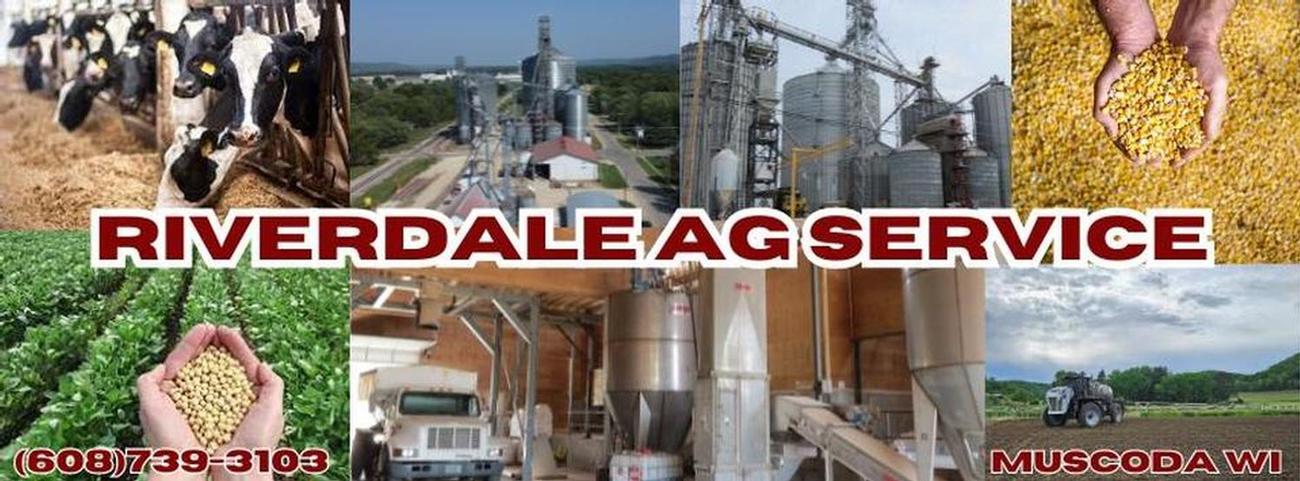
|
|
|
Grasses, Clovers, Summer Forage
|

Pasture and Hay Grasses
Your hay and/or pasture grass seed has to work for you. It has to be adapted to the purpose, place, and management you have in mind.
First, you need to select the right species (or mixture of species). Use the quick selection grid below.
You can learn more about each species (and the varieties of that species which we sell) by clicking on the species names. {Please note: This information is based on our experience with these species in the upper Midwest. Local performance will vary with environmental conditions.}
-
For a high-quality, productive companion with alfalfa or clover we suggest Orchardgrass and Tall Fescue.
-
If you need a long-lasting ground cover for grazing, we carry sod-forming grasses like Smooth Bromegrass and Kentucky Bluegrass.
-
For wetter or more marginal soils, Reed Canarygrass might be an option.
-
Annual and Italian Ryegrass work well as an alternative to oats as a nurse crop for alfalfa or as a quick growing emergency forage crop.
We usually carry two or more varieties of each species to provide more options ranging from high quality forage to more economical selections when forage quality is not as vital. We also have several grass mixes that combine the advantages of several species in one bag.
|
PLANTING GUIDE |
|
GRASS/LEGUME |
Days to GERM. |
# ALONE |
# in MIX |
TIME OF SEEDLING |
|
Alfalfa |
7 |
15-18 |
3-15 |
March-May/Aug 1-15 |
|
Red Clover |
7 |
8-12 |
3-4 |
March/Apr/Aug |
|
Alsike Clover |
7 |
7-8 |
1-2 |
Feb-Apr |
|
Ladino Clover |
7 |
2-3 |
1⁄2-1 1⁄2 |
March-May/Feb-Apr |
|
Timothy |
10 |
9-12 |
2-4 |
March-Apr/Aug 15-Sep 1 |
|
Orchardgrass |
21 |
9-10 |
3-5 |
March-May-Aug |
|
Bromegrass |
14 |
12-18 |
5-10 |
March-Apr 15/Aug 15-Sep 1 |
|
Ryegrass Perennial |
14 |
30-40 |
4-6 |
Feb-May/Aug 15-Sep 1 |
|
Fescue, Tall |
14 |
15-22 |
3-8 |
March-May/Aug-Sep |
|
Reed Canarygrass |
21 |
9-12 |
6-8 |
March 1-Apr 1/Aug |
|
Red Top |
10 |
9-10 |
2 |
March-May/July 15-Sep 15 |
|
Kentucky Bluegr. |
28 |
10-15 |
3-5 |
Feb-May/Aug 15-Sep 20 |
|
Birdsfoot Trefoil |
12 |
12-15 |
4-6 |
Apr-May |
|
Crownvetch |
14 |
5-15 |
5-10 |
Apr-May/ Aug 15-Sep 1 |
|
Sweet Clover |
7 |
12-15 |
2-6 |
March-Apr/Aug 1-15 |
|
Vetch |
14 |
30 |
- |
March 20-Apr 10 |
|
Winter Vetch |
14 |
30 |
- |
Sep 10-Oct 10 |
|
Wht. Dutch Clover |
7 |
3-5 |
- |
1-3 Apr-June-Aug |
|
Switchgrass |
28 |
5-10 |
2-3 |
Late Apr-June 1 |
|
Indiangrass |
28 |
7-10 |
3-5 |
May-June |
|
Big/Little Bluestem |
28 |
7-10 |
3-5 |
May-June |
|
Sideoats Grama |
14 |
15-25 |
3-5 |
May-June |
|
Blue Grama |
14 |
9-12 |
3-5 |
May-June |
|
Buffalograss |
28 |
40-60 |
- |
May-June |
|
Eastern Gamagrass |
14 |
5-8 |
- |
Nov-Dec |
|
Canola |
7 |
6-8 |
- |
March-Apr/Aug-Sep |
|
Field Peas |
8 |
60-100 |
50-70 |
March-Apr |
|
Triticale |
7 |
100-120 |
50-70 |
March-Apr/Aug-Sep |
|
Ryegrain |
7 |
100-120 |
50-70 |
March-Sep |
|
Milo Sorghum |
10 |
6-8 |
10-15 |
May-June |
|
Forage Sorghum |
10 |
6-8 |
6-8 |
May-June |
|
Sudan |
10 |
30-50 |
- |
May-July |
|
Sorghum-Sudan |
10 |
30-50 |
- |
May-June |
|
Millet |
10 |
30-50 |
- |
May-July |
|
Buckwheat |
6 |
35-55 |
- |
May-July |
|
Rape-Dwarf Essex |
7 |
8 |
8 |
Apr 1-Aug 15 |
|
|
|
|

